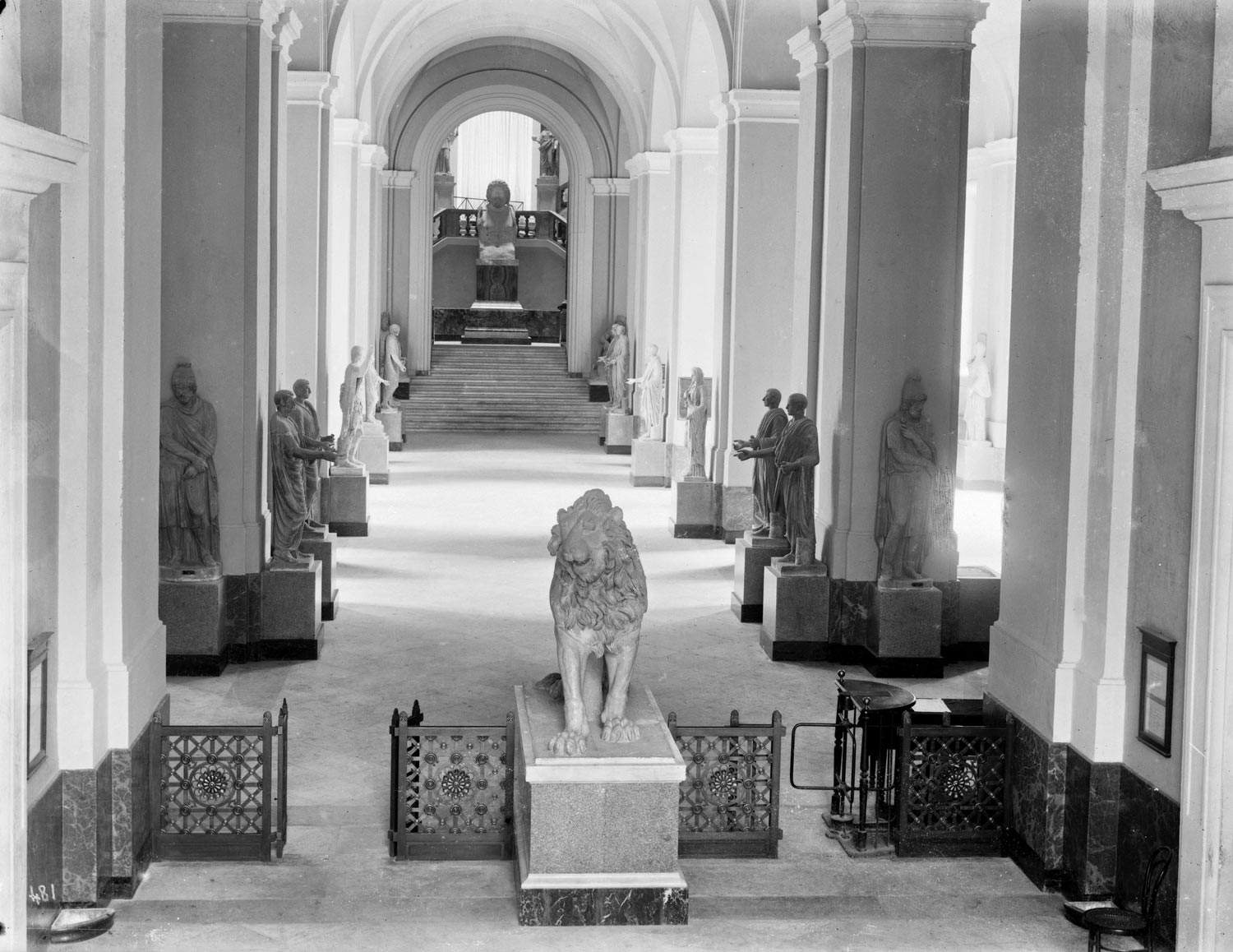From April 5 to August 27, 2023, the National Archaeological Museum in Naples is hosting the exhibition Picasso and Antiquity , which aims to illustrate the profound influence of one of the greatest museums of classical art on the work of one of the most important modern artists, Pablo Picasso. The exhibition, curated by Clemente Marconi and set up in the rooms of the Farnese collection, is divided into two parts: the first relating to Picasso’s sojourns in Naples, outlining how the museum looked at the time of the artist’s visit (then not yet specifically “archaeological,” but a National Museum of Naples with a very modern layout in overcoming nineteenth-century exhibition canons), and the second relating to the comparison between the museum’s works and the works of Pablo Picasso.
On display is the exceptional loan from the British Museum in London of 37 of the 100 plates that make up the Vollard Suite. These etchings, made between 1930 and 1937, stand as an interpretive fulcrum in the artist’s oeuvre. They are joined by significant loans from the Picasso Museum in Paris and Gagosian New York for a set of 43 works compared primarily with the Farnese sculptures and paintings from Pompeii, both important keys to interpreting Picasso’s artistic journey. In particular, the gigantism and monumentality of the Farnese sculptures would have had a particularly significant effect on Picasso’s artistic development: leading the artist to give a three-dimensional aspect to his pictorial and sculptural works, marked prior to his visit to the then National Museum in Naples by the two-dimensionality of the Cubist approach.
The profound echo of the 1917 trip to Italy on Picasso’s artistic production has long been acknowledged and is now a fixed point in the literature. It is precisely to the impact of the works of art seen in Rome, Naples and Florence that a decisive strengthening of Picasso’s tendency toward the naturalism of the so-called “second classical period” is attributed. Within that journey, the stay in Naples, with a visit to both Pompeii and the museum that then displayed the Farnese Collection and works from Herculaneum and Pompeii, is itself of particular significance:
the naturalism of this Picassian phase takes explicitly classicizing forms, clearly recognizable in the majority of the non-Cubist paintings and drawings of the years 1917 to 1925 and in the graphic work of the 1930s. All the themes of the exhibition are covered and explored in the essays published in the catalog published by Electa.
Promoted by the National Archaeological Museum of Naples with the support of the Campania Region, and with the organization of the Electa publishing house, the Picasso and Antiquity exhibition is part of the international project “Picasso Celebration 1973 - 2023: 50 exhibitions and events to celebrate Picasso” on the 50th anniversary of his death.
“MANN is participating in the international celebrations for the 50th anniversary of Picasso’s death with a valuable exhibition that starts with the evocative account of his famous visit to Naples and Pompeii in 1917,” says director Paolo Giulierini. “We are facing the most refined dialogue ever composed between the master’s drawings and works and the statues and frescoes of the Farnese and Pompeian collections. No museum in the world could build such symmetry. The exhibition reaffirms the absolute continuity of artistic thought made up of legacies and innovative reworkings. But above all, it sends a very clear message: now more than ever, art can unite and condemn the most deterrent side of man, as Picasso already did with the famous Guernica. Picasso arrives at MANN at a historic moment for our museum, which has doubled its spaces and now returned to fruition the western wing with monumental rooms that had been closed for 50 years. It could only be an event of such prestige, in the sign of common European roots, to celebrate this unforgettable springtime of art.”
For all information you can visit the MANN Naples website.
Image: the MANN in the early 1900s.
 |
| Naples, an exhibition at MANN on the influence of ancient art on Picasso |
Warning: the translation into English of the original Italian article was created using automatic tools. We undertake to review all articles, but we do not guarantee the total absence of inaccuracies in the translation due to the program. You can find the original by clicking on the ITA button. If you find any mistake,please contact us.